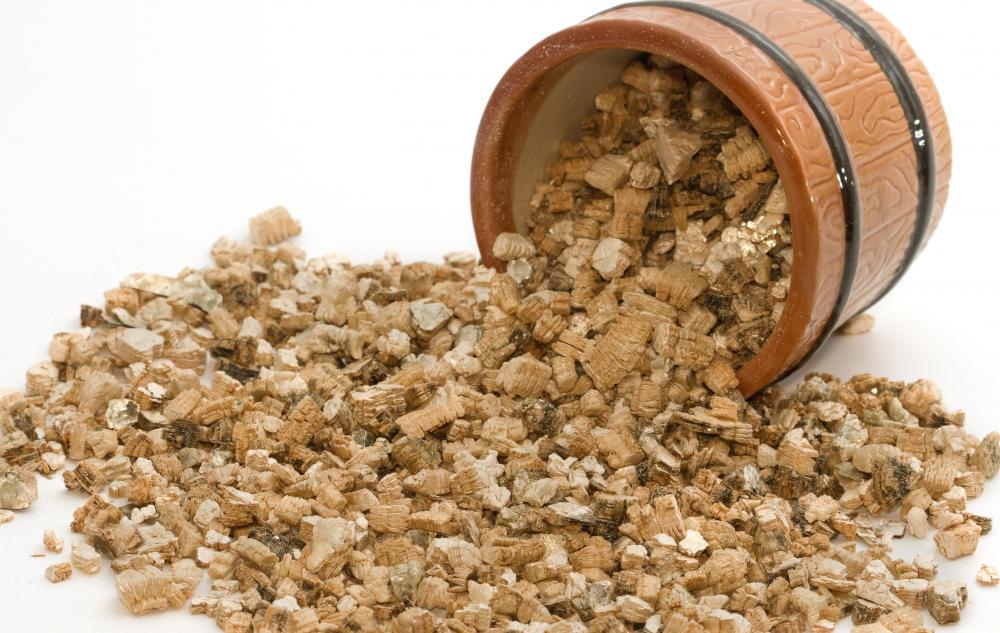At WiseGEEK, we're committed to delivering accurate, trustworthy information. Our expert-authored content is rigorously fact-checked and sourced from credible authorities. Discover how we uphold the highest standards in providing you with reliable knowledge.
What Are the Best Tips for Planting Lemongrass Seed?
The lemongrass plant is a native plant of Malaysia, commonly used in Asian cuisine to add a lemony taste to foods and dishes. Lemongrass is a hardy plant that can be grown indoors in pots or outdoors in subtropical climates. Germinating lemongrass seeds is a relatively easy endeavor, with most plants being able to grow in various soil types. Keep in mind that the plant can grow to be up to 5 feet (1.5 meters) tall, in case the plant is going to grow indoors.
Even though the hardy, adult lemongrass plant can grow in various soil types, it is important that the soil has enough nutrients to support seedlings. In a seed tray, add a couple of inches (appx. 5 cm) of equal parts peat moss and compost. The peat moss will increase the soil's ability to hold onto moisture. Adding a bit of sand will loosen up the soil, allowing the lemongrass to grow through with relative ease. Gently push the seeds into the mixture until they are covered with soil.

Make sure to add a light layer of vermiculite onto the planted lemongrass seed. Vermiculite is a soil conditioner, increasing the soil's capacity to grow strong, healthy lemongrass plants. If the gardener has a hard time getting a hold of vermiculite, then a layer of fortifying compost will do the job of boosting the nutrients in the soil. The lemongrass seed can potentially drown and rot if there is too much water in the soil — make sure to lightly mist the soil with water every day.

The lemongrass seed will have to be a in relatively warm area of about 70° Fahrenheit (21° Celsius). Increase the ambient moisture level by wrapping the seed tray with clear plastic. Some gardeners may make the mistake of placing the seed tray in direct sunlight — this will only dry out the seeds. Placing the seeds in a relatively warm area with occasional hours of direct sunlight will be best. Keep the plastic film secured to the seed tray until the seeds start sprouting from the soil.
Once the lemongrass seed has grown to be about 3 inches (7 cm) tall, transfer the seed onto a planter pot. This is a crucial time of the seed's development — the seed will be young and susceptible to external aggressors. Make sure that the soil is made up of compost, vermiculite, and potting soil. The lemongrass will be mature enough to prosper in outside settings once the plant is about 12 inches (30 cm) tall.
AS FEATURED ON:
AS FEATURED ON:












Discuss this Article
Post your comments